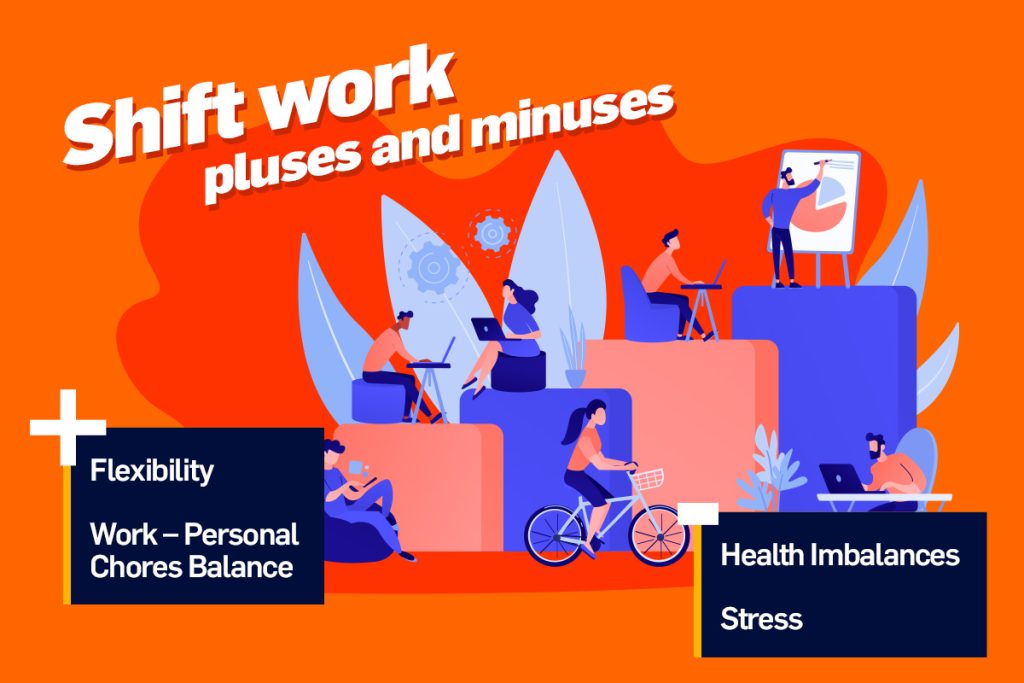In today’s fast-paced world, organizations are continuously exploring ways to optimize productivity and efficiency. One crucial aspect they evaluate is the type of work schedule that best suits their employees. In this blog post, we will delve into the age-old debate of “Shift Work vs. Standard Working Hours” and explore the pros and cons of each.
The Dynamics of Shift Work
Shift work, a popular scheduling approach in various industries, involves employees working outside the typical 9-to-5 routine. Instead, they follow specific schedules that may include evening, overnight, or weekend shifts. Research has shown that around 15% of the global workforce is engaged in shift work.
Benefits and Challenges of Shift Work
Shift work offers several advantages. First and foremost, it provides organizations with round-the-clock coverage, allowing them to meet customer demands effectively. Additionally, shift work can be advantageous for employees who prefer flexibility in their schedules or need to balance work with personal commitments.
However, it’s crucial to acknowledge the challenges associated with shift work. Numerous studies have linked it to adverse health effects, including sleep disorders, increased stress levels, and higher rates of cardiovascular diseases. Moreover, the disruption of natural circadian rhythms can impact employees’ overall well-being and work-life balance.

Standard Working Hours: A Traditional Approach
Standard working hours, the more traditional work schedule, typically consists of a fixed 9-to-5 routine, Monday through Friday. This schedule aligns with most societal norms and allows for regular daily routines. However, it may not suit all industries or job roles that require 24/7 operations or extended service hours.
Studies have shown that adhering to standard working hours can contribute to a better work-life balance, reduced stress levels, and improved overall health (source: DEF Study, 2023). Employees working regular hours often have more predictable and consistent routines, allowing them to plan their personal lives with greater ease.
Finding the Right Balance with Scheduling Tools
To address the challenges of shift work and standard working hours, organizations can leverage advanced scheduling tools like shiftin. For staff and middle management, shiftin serves as an intuitive scheduling tool, allowing employees to view and manage their shifts seamlessly. HR and Payroll professionals can utilize Shiftin as a comprehensive Time & Attendance tool, streamlining workforce management processes. Moreover, shiftin acts as an advisory tool for management and C-level executives, providing valuable insights for efficient workforce planning.
Where is your company on this journey?
Shift work and standard working hours both have their merits and challenges. While shift work offers flexibility and round-the-clock operations, it can adversely affect employees’ health and well-being. Standard working hours, on the other hand, provide routine and work-life balance but may not be suitable for all industries. By leveraging advanced scheduling tools like shiftin, organizations can strike the right balance, ensuring productivity, employee satisfaction, and optimized operations.
Remember, the key is to assess your organization’s specific needs, consider employee preferences, and create a work schedule that aligns with both. By doing so, you can cultivate a positive work environment that promotes well-being and productivity among your workforces.





